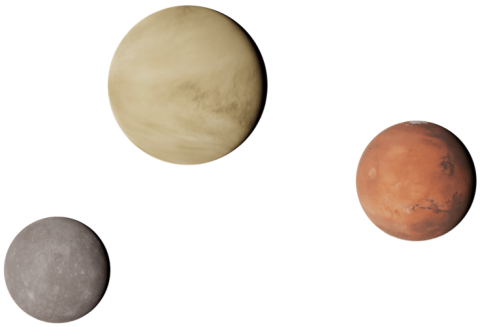Our Contribution
Examining the Martian Moons
The Mars-moon Exploration with GAmma rays and NEutrons (MEGANE) spectroscopy instrument will provide vital information on the composition of the Martian moons, Phobos and Deimos.
The Mars-moon Exploration with GAmma rays and NEutrons (MEGANE) spectroscopy instrument will provide vital information on the composition of the Martian moons, Phobos and Deimos.

